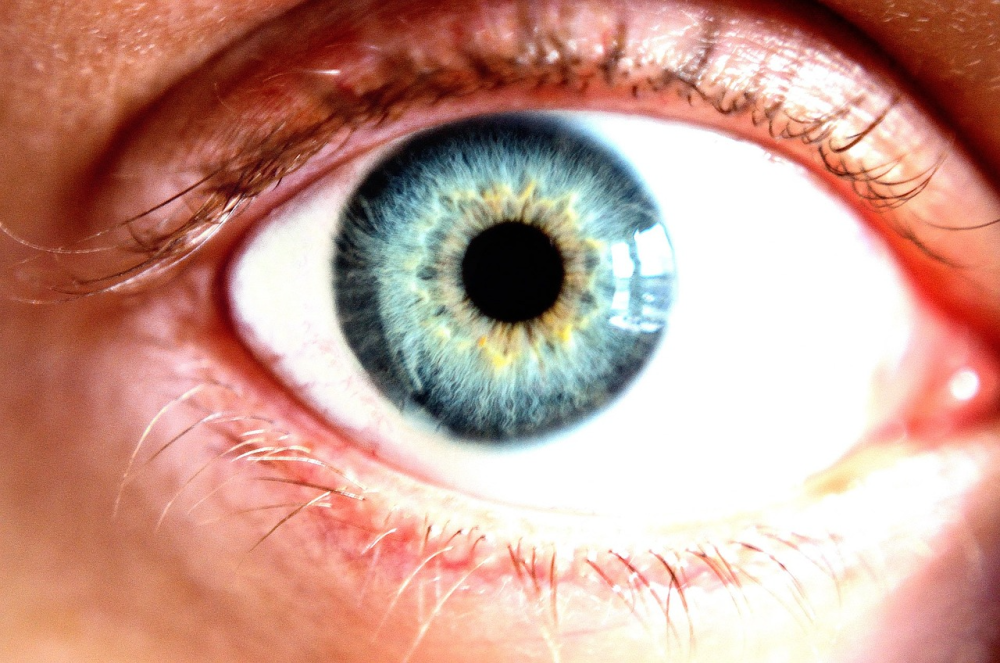A clear view of the risks: CVM researchers confirm that SARS-CoV-2 can infect ocular tissue and COVID-19 is potentially transmissible through cornea transplants
March 6, 2023

Researchers at CVM confirmed that a range of ocular tissues are susceptible to SARS-CoV-2 infection, and that this susceptibility has significant implications for cornea donation and transplantation.
COVID-19 remains a global health threat, and evidence suggests that the surface of the eye is vulnerable to infection—and that infected patients may harbor the virus in their ocular tissues. This raises the concern that corneas from COVID-19 positive donors may be capable of transmitting the disease to transplant recipients. Furthermore, the presence of the virus could increase the chances of graft failure and transplant rejection in the recipient. However, more information is needed to truly understand the risks associated with transplant of ocular tissues from COVID-19 positive donors.
CVM researchers Venkatramana Krishna, Declan Schroeder, and Maxim Cheeran, along with partners from the Medical School Department of Ophthalmology and Visual Neurosciences Dr. Joshua Hou and Ching Yuan, examined cultures of four different types of donor ocular tissue—corneal, conjunctival, limbal epithelium, and corneal endothelium—to evaluate SARS-CoV-2 infectivity.
They found that all four tissue types demonstrated susceptibility to infection with early SARS-CoV-2 variants. In addition, they found that whereas the virus survives for less than 72 hours on most surfaces, it survives for far longer in the standard preservation media in which donor corneas are held before transplant. This suggests that quarantining tissues for even the maximum allowable time (14 days) prior to transplant isn’t enough to ensure that infected issues are decontaminated.
Their findings also suggest that separate from the risk of disease transmission, infected donor tissues may create a higher risk for transplant failure because of damage to the cells caused by the virus.
With an estimated 12.7 million people waiting for cornea transplants, the stakes are high for ensuring that the use of donor tissues is safely maximized. So a clear understanding of the risks posed by infected donor tissues is crucial. The study adds to the growing body of evidence that donor corneas should continue to be screened for COVID-19, and that the impact of emerging variants on ocular tissues should continue to be tested.
Read the full study in BMC Ophthalmology.


